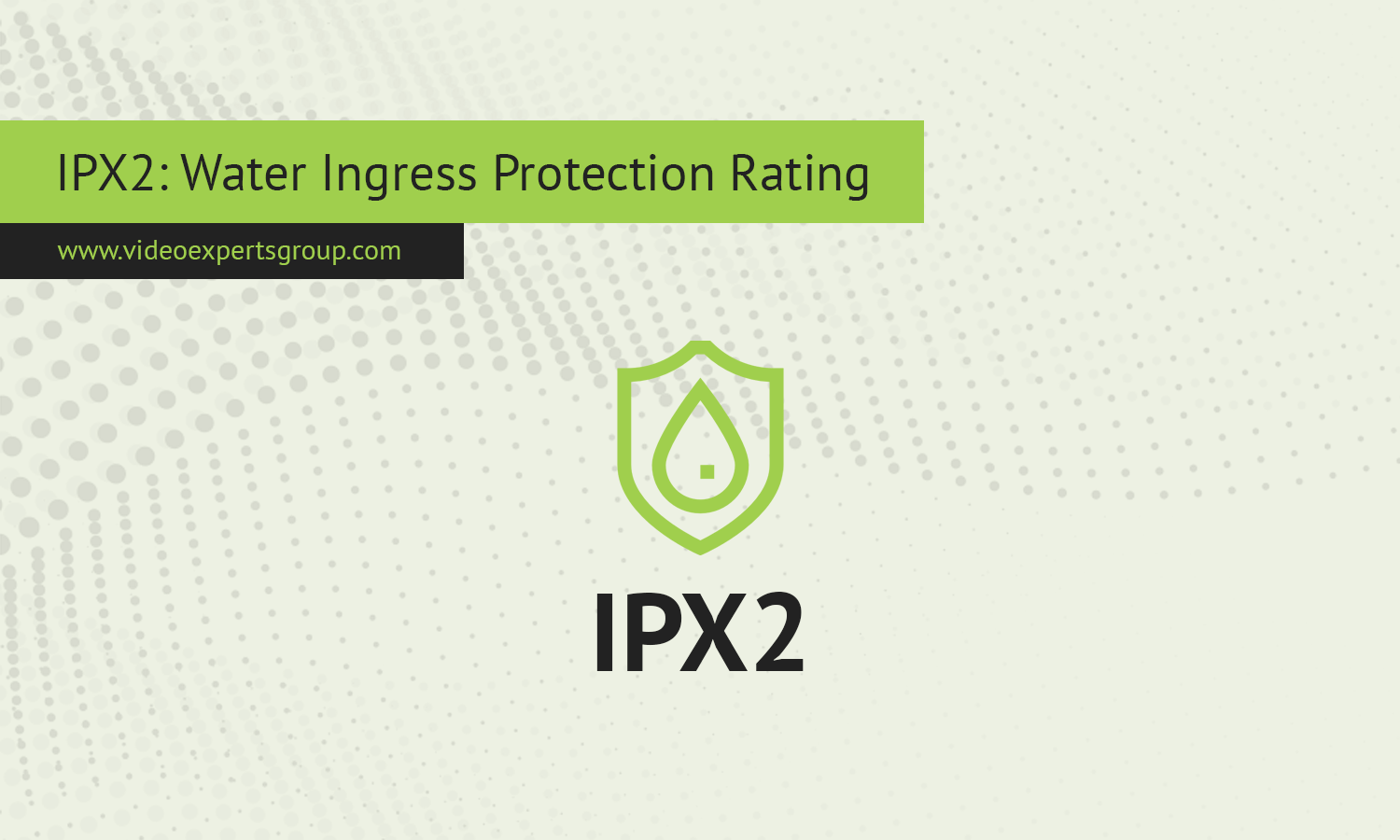The IPX rating system is a widely recognized standard used to measure the degree of protection a device has against water ingress. Among these ratings, IPX2 offers a modest level of protection, specifically designed for situations where devices may encounter slight angles of water exposure. This article delves into the meaning of IPX2, its place within the IPX rating chart, and the testing procedures and requirements necessary to achieve this rating.
Meaning
IPX2 is an ingress protection rating that indicates a device’s ability to withstand water droplets when the device is tilted up to 15 degrees from its normal position. The "X" in IPX2 signifies that the rating does not provide information about the device’s protection against solid particles, focusing solely on water resistance. The "2" indicates that the device is protected against water droplets that fall at an angle, which is slightly more stringent than the protection offered by IPX1. This level of protection is particularly useful for devices that may be exposed to light rain or minor splashes when slightly tilted.
IPX Rating Chart
| IPX Rating | Protection Level | Description |
| IPX0 | No protection | No protection against water ingress |
| IPX1 | Drip-proof | Protection against vertical water drops |
| IPX2 | Drip-proof (15-degree tilt) | Protection against water drops when tilted up to 15 degrees |
| IPX3 | Spray-proof | Protection against water spray up to 60 degrees from vertical |
| IPX4 | Splash-proof | Protection against water splashes from any direction |
| IPX5 | Water-jet resistant | Protection against water jets from a 6.3mm nozzle from any direction |
| IPX6 | Powerful water-jet resistant | Protection against more powerful water jets |
| IPX7 | Immersion up to 1 meter | Protection against temporary immersion in water up to 1 meter for 30 minutes |
| IPX8 | Immersion beyond 1 meter | Protection against continuous immersion in water beyond 1 meter, under conditions set by the manufacturer |
| IPX9 | High-pressure, high-temperature water resistant | Protection against high-pressure, high-temperature water jets |
What is the IPX2 Test Procedure?
The IPX2 test procedure is designed to simulate the kind of water exposure that a device might experience during light rainfall or when water drips onto it at an angle. The test procedure involves the following steps:
-
Test Setup: The device is placed on a turntable that rotates at a speed of 1 RPM. The turntable can be tilted at an angle of up to 15 degrees to simulate real-world conditions where the device might not be perfectly level.
-
Water Exposure: A drip box is used to release water droplets onto the device. The water falls from a height of 200 mm above the device at a rate of 3 mm per minute. The device is subjected to this water exposure for 2.5 minutes in each of its four main orientations, totaling 10 minutes.
-
Device Orientation: The device is tested in four different positions, each tilted 15 degrees from the vertical. This ensures that the device is evaluated for water resistance from all angles that it might realistically encounter.
-
Assessment: After the test, the device is examined for water ingress. To pass the IPX2 test, the device must not show any signs of water entry that could interfere with its operation or safety.
Requirements
To achieve an IPX2 rating, a device must meet specific requirements during the testing process:
- Minimal Water Ingress: The device must show no significant water ingress that could affect its functionality or compromise safety.
- Test Angle: The device must withstand water exposure when tilted up to 15 degrees from its normal position, reflecting potential real-world scenarios.
- Uniform Exposure: The device is tested in multiple orientations to ensure consistent protection across different angles.
Devices with an IPX2 rating are generally suitable for environments where they might be exposed to light rain or splashes from an angle. While IPX2 offers more protection than IPX1, it is still considered a basic level of water resistance. For more demanding environments, higher IPX ratings, such as IPX4 or above, are recommended to ensure adequate protection against water exposure.
















